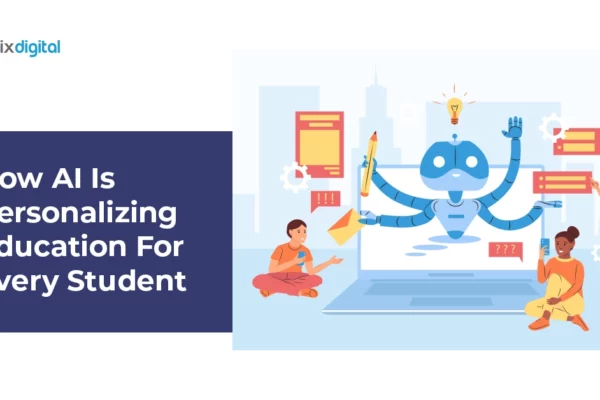A Basic Guide To American Sign Language
In a world dominated by spoken words, there exists a beautiful language that dances in silence. American Sign Language (ASL) opens up a realm of communication that goes beyond verbal expression, offering a unique window into the deaf community’s culture and experiences. Whether you’re curious about linguistics or seeking to expand your communication skills, learning ASL can be a transformative journey. Let’s dive into the fascinating world of American Sign Language and explore why it’s capturing the hearts and minds of both deaf and hearing individuals alike.
What Exactly is American Sign Language?
At its core, American Sign Language is a complete, natural language that uses hand movements, facial expressions, and body language to convey meaning. Unlike what some might assume, ASL is not simply a gestural representation of English. It has its own grammar, syntax, and vocabulary, making it a distinct language in its own right. Comparing ASL to spoken languages reveals some fascinating differences. While spoken languages rely on sound, ASL utilizes three-dimensional space to create meaning. This spatial grammar allows signers to convey complex ideas efficiently, often more quickly than in spoken language.
The Origins of ASL
The story of American Sign Language is deeply intertwined with the history of deaf education in the United States. Its roots can be traced back to early 19th century France, where a fateful meeting between two visionaries would change the landscape of deaf communication in America forever. In 1815, Thomas Hopkins Gallaudet, an American minister, traveled to Europe in search of methods to educate deaf children. In Paris, he met Laurent Clerc, a deaf educator at the Royal Institute for the Deaf. Impressed by the French Sign Language (LSF) used at the institute, Gallaudet invited Clerc to help establish the first school for the deaf in America.
This collaboration led to the founding of the American School for the Deaf in Hartford, Connecticut, in 1817. The language used at this school, a blend of LSF and the sign languages already used by deaf communities in America, would evolve into what we now know as American Sign Language.
Why ASL Matters
American Sign Language is not merely a tool for communication; it’s the cornerstone of Deaf culture in the United States. For the deaf community, ASL represents identity, shared experiences, and a unique way of perceiving the world.
For hearing individuals, learning ASL can offer numerous benefits:
- Enhanced cognitive skills: Studies suggest that learning a sign language can improve spatial reasoning and visual processing abilities.
- Improved communication in noisy environments
- A deeper understanding of nonverbal communication
- Career opportunities in interpretation and deaf education
Embarking on Your ASL Journey: Where to Start
If you’re inspired to learn American Sign Language, you’re in luck. There are more resources available than ever before to help you get started:
- Online courses: Platforms like SignLanguage101 and ASLPro offer comprehensive lessons for beginners.
Community classes: Check with local deaf community centers or colleges for in-person classes. - Language exchange apps: Some apps now include ASL, allowing you to practice with native signers.
- Deaf events: Attend deaf coffee socials or other events to immerse yourself in the language and culture.
- Dr. Johnson advises new learners: “Consistency is key. Practice a little bit every day, even if it’s just fingerspelling the alphabet. And don’t be afraid to make mistakes – it’s all part of the learning process!”
Debunking ASL Myths: What You Need to Know
As you delve into the world of ASL, it’s important to dispel some common misconceptions:
- ASL is not universal: Just as spoken languages vary around the world, so do sign languages. British Sign Language (BSL), for example, is completely different from ASL.
- ASL is not simplistic: It’s a fully developed language with its own idioms, regional variations, and the ability to express complex ideas.
- Not all deaf people use ASL: Some may use other sign languages, spoken language, or a combination of communication methods.
Embracing ASL
American Sign Language is more than just a means of communication for the deaf community – it’s a vibrant, expressive language that offers a unique way to experience the world. By learning ASL, you’re not only gaining a valuable skill but also opening doors to a rich culture and a new way of thinking about language itself. Whether you’re considering learning ASL for personal growth, professional development, or to connect with deaf friends or family members, the journey is bound to be rewarding. So why not take the first step? Start with learning the ASL alphabet, watch ASL storytellers on social media, or sign up for a beginner’s course. You might just find yourself falling in love with this beautiful, silent language.
Remember, in the world of ASL, your hands become your voice, and the visual becomes visceral. It’s a journey that promises not just new vocabulary, but a whole new perspective on human connection and expression. Are you ready to let your hands do the talking?
This article was created with the assistance of AI.





